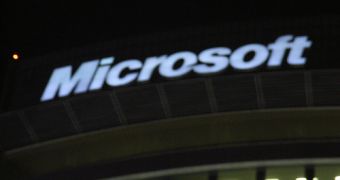The Microsoft and Novell Interoperability Lab was inaugurated in September 2007 in a joint effort from the two companies to build interoperability between their respective platforms. At that time, the lab could also be considered the celebration of the first year since Microsoft and Novell inked their interoperability and intellectual property assurance agreement. On June 10, as the duo announced that it had surpassed the $200 million mark with sales of SUSE Linux support certificates, the companies emphasized that they continued to focus on providing additional value for customers running mixed source environments.
“A year and a half later, we have made significant progress on our technical commitments. At the same time, our customers continue to be pressed, both by increasingly economic uncertainty and financial pressures, to do more with less,” stated Tom Hanrahan, director of the Microsoft Open Source Technology Center. “The work we’re doing to develop interoperability solutions that ensure flexibility and cost efficiencies is — now more than ever — delivering business-critical value to our customers, and we’ll remain bullish in our efforts to explore new ways to address their changing needs.”
The lab is a mix of Microsoft and Novell engineers, but representatives from both sides of the open-source vs. proprietary software barricade now reveal that they work together as a unified team. At the same time, Hanrahan pointed out that Windows and Linux interoperability efforts were not limited to Cambridge alone, but that they also spanned to Microsoft’s Redmond campus, as well as to Novell’s presences in Provo, Utah, and Nuremberg, Germany.
“Originally, when we put the lab together and we brought the two teams together, it was unclear how we were actually going to work together in a collaborative way and make the team be a fully integrated and cohesive unit,” added Sue Forsberg, a senior software manager from Novell. “One of the early challenges we had is in setting up the lab network and making sure that we had the capability of having connectivity back to Microsoft’s corporate network, Novell’s corporate network, and have a separate segment for the lab itself. We were kind of treading new ground and asking our IT departments to come up with a solution that was acceptable from a security point of view for both companies, but would also give us the maximum flexibility in the lab.”

 14 DAY TRIAL //
14 DAY TRIAL //